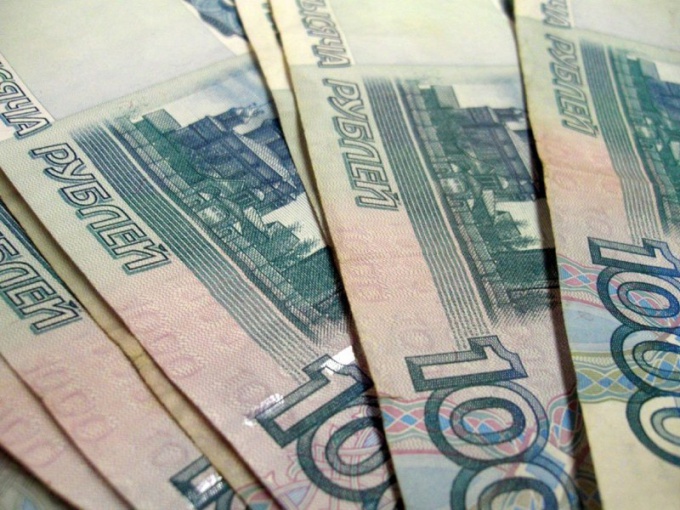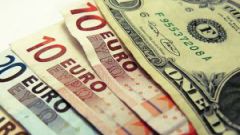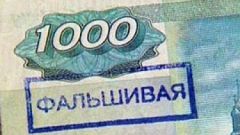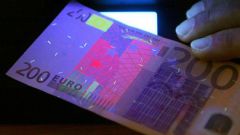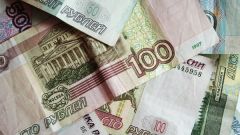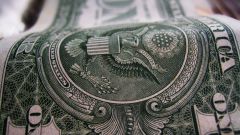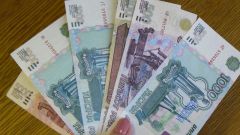Instruction
1
Subject to availability, check the questionable bill with a special device. To do this, place it under the UV lamp. In addition to watermarking you should see small colored fibers, which are located on the entire area of the bill.
2
Look on the left side is perforated. With it on paper to make a drawing of the small holes, denoting the denomination of the bill.
3
Check the metallic thread. It should permeate across the bill with the groans of the left or right edge, depending on the denomination of the bill. If under normal conditions the thread will look like a small rectangle, to the light it should be a solid tape.
4
Examine the characteristics of the paint on the bill. On the notes in denominations of five hundred rubles and more paint with the change of colors of separate elements, for example, the emblem of the city. Change the color maybe a special shaded strip, which is on the money of all denominations. On it when changing the angle of inclination should also appear in the colored lines.
5
Look on the banknote watermark. They must include the face value of your banknotes, as well as part of the main image visible on the paper.
6
Keep in mind that the above recommendations refer only to modern Russian banknotes of the sample. Euros or dollars contain additional degree of protection and shall be tested in accordance with EN standards.
Note
If you have still doubts about the bills, you can take it for verification to the Bank. Employees using special equipment can determine the authenticity of bills with almost one hundred percent probability.
Useful advice
The Central Bank recommends are not limited to finding just one sign of authenticity. There should be at least three to be sure of the results of the inspection. Pay special attention to the large bills - they counterfeited more often than smaller ones.
